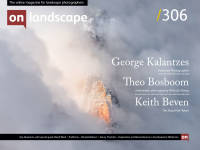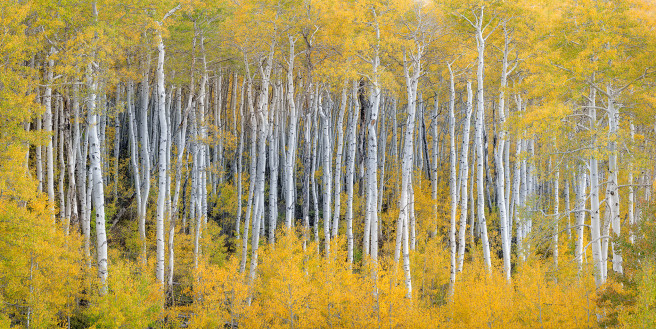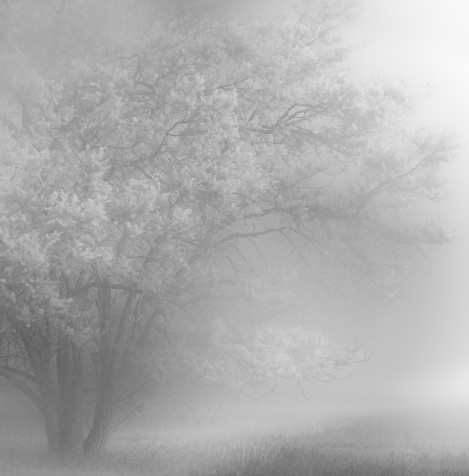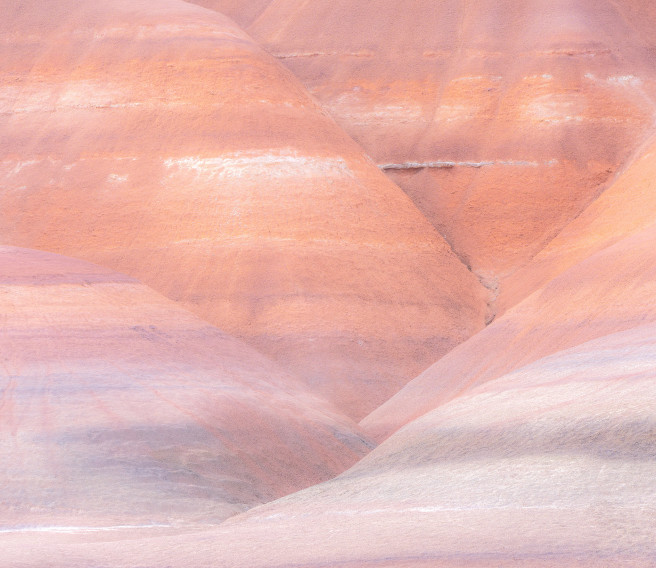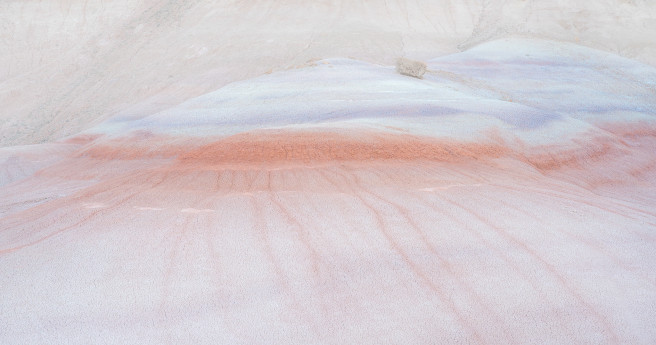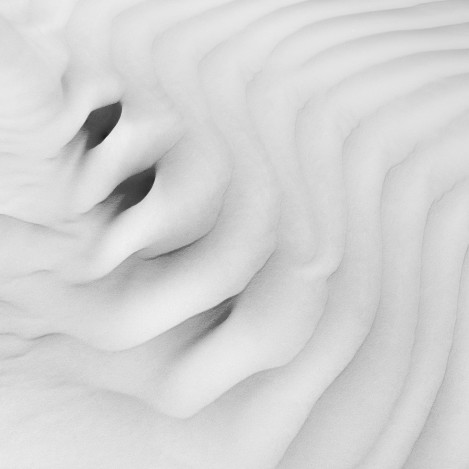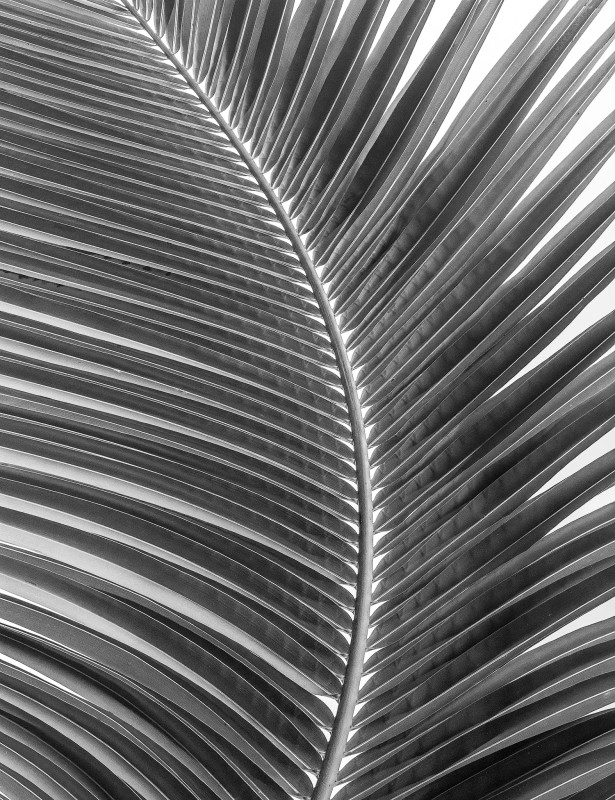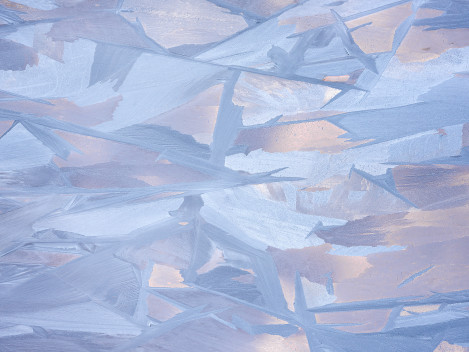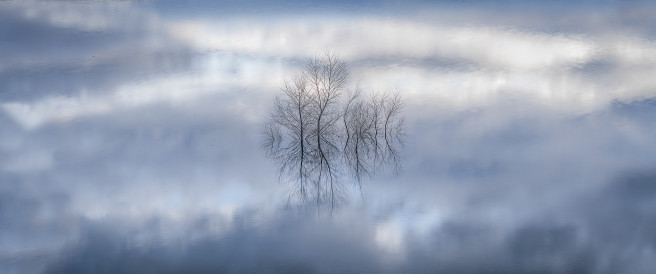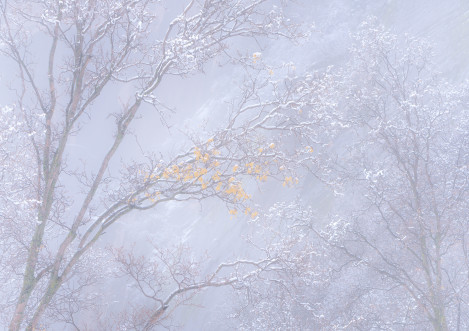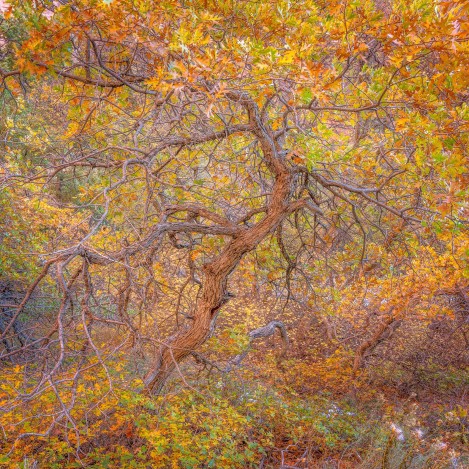Featured Photographer

George Kalantzes
George Kalantzes is a landscape / nature photographer whose artwork depicts the quiet beauty found within the grand landscapes of the American West. Simple intimately composed images are key characteristics of his work. George splits his time between Southern Utah and Bozeman, Montana, with his wife Isabelle and dogs Wyatt and Sydney.
gkalantzesphotography.zenfolio.com

Michéla Griffith
In 2012 I paused by my local river and everything changed. I’ve moved away from what many expect photographs to be: my images deconstruct the literal and reimagine the subjective, reflecting the curiosity that water has inspired in my practice. Water has been my conduit: it has sharpened my vision, given me permission to experiment and continues to introduce me to new ways of seeing.
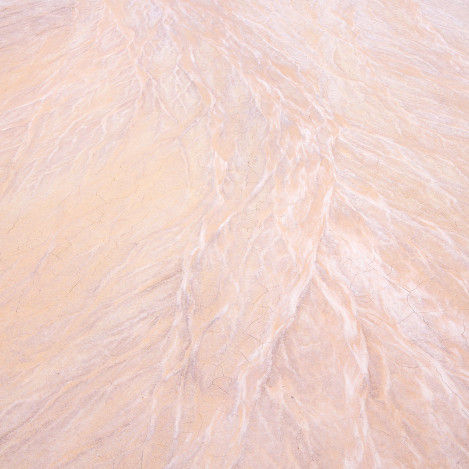
Sometimes a career can help us to prepare for what follows; in George Kalantzes’ case he was well aware of the importance of planning ahead for retirement. In addition to continuing with a long-term outdoor interest, he decided to resume an early passion for photography before finishing work. Both have helped to build even greater connection with the two parts of the USA that he knows well, and it sounds as if his diary is as full as ever. Beyond the intimate landscape and the abstract detail, there is a beguiling softness to many of George’s images which I think you will enjoy.
Would you like to start by telling readers a little about yourself – where you grew up, what your early interests were, and what you went on to do?
My interests and passions are always centered on being in nature. Because I grew up in the American West, spending most of my adult life in and around Salt Lake City, Utah, I enjoyed easy access to the outdoors. When I was young, I took part in a variety of sports including hockey, soccer, basketball, football, golf, and skiing. I even had a brief stint playing professional baseball. Despite enjoying team sports, one of my true passions from a very early age became fly fishing. After graduating from the University of Utah and marrying the love of my life, I enjoyed a 30-year career in financial services and retirement planning, from which I am now retired.
How did you become interested in photography and what were your early images of, or about?
I developed a budding interest in photography after receiving a camera as a gift when I was about fifteen years old. I learned to shoot film and work in the darkroom. Most of my early photography was driven by the desire to document the beauty of the natural settings where I often went fly fishing. However, like many people, as life, relationships, and my professional career took precedence, photography became a passing hobby that I only pursued occasionally.
Within the financial services company where I worked, I had the responsibility of overseeing a large public university system in California. My role involved managing the institutional client relationship and leading a team responsible for recordkeeping retirement plan assets and educating employees on how to plan, save and invest for retirement. Through this experience, I learned invaluable lessons, including when transitioning into retirement, having passions and interests outside of one’s profession is important.
I learned that retirees who successfully transition into retirement have diverse interests separate and distinct from their careers. Conversely, individuals who defined their self-worth solely through their professions often struggled to retire. Many remained in their jobs long after they stopped contributing in any meaningful way. Witnessing this pattern reinforced my belief that when the time came for me to retire, I would fulfil personal interests and pursue my passion for fly fishing and, eventually, landscape photography.
Fly fishing has always been a significant part of my life, bringing me a great deal of satisfaction and joy. The older I get, the less it is about the number or size of the trout that I catch and the more about the experiences and connection with nature (although it still puts a smile on my face to land a large brown trout). Fly fishing offers me calmness, solace, time to carefully observe, and opportunities to learn, to heal, and to simply live in the moment. As importantly, I relish sharing what I have learned about fly fishing and the beauty of the places that I have experienced with others.
In 2012, seven years before retiring, I decided to pick the camera back up and reignite my interest in photography, focusing on nature photography. I quickly discovered striking similarities between fly fishing and nature photography, both providing me with a profound connection to nature. Now, five years into retirement, my love and passion for nature photography continues to grow.
Who (photographers, artists, or individuals) or what has most inspired you, or driven you forward in your own development as a photographer?
My aim is to create artistic representations of my experiences based on the time I now spend in the American Southwest including the high deserts of Southern Utah as well as the vast landscapes of Southwest and Central Montana. I strongly believe that artistic endeavors should be driven by the artist’s own vision, interpretations, feelings, and emotions.
All that said, my inspiration comes from diverse sources that change and evolve as my photography progresses. Historically, artists such as Alfred Stieglitz (with his concept of Equivalence), Minor White, Ansel Adams, Edward Weston, Dorothea Lange, and Georgia O’Keeffe have influenced my work. Contemporary influences include the writing of Guy Tal and the nature photography of Alex Noriega. Each of these artists has shaped my stylistic preferences. They inspire how, where, and why I create the images that I do. To that end, I offer one of my favorite photographic quotes, “It is not enough to photograph the obviously picturesque.” Dorothea Lange.
Would you like to choose 2 or 3 favourite photographs from your own portfolio and tell us a little about why they are special to you or your experience of making them?
Remembering Those Who’ve Passed
The morning I created this image in Central Montana, I received word that a close friend had lost his sister to Alzheimer’s disease. Initially, the image was titled in her honor, but as time passed, it took on a broader, more personal meaning, encompassing memories of loved ones I have lost as well. The image was one of the first that I created that successfully conveyed a sense of calmness and simplicity and is somewhat ethereal—characteristics more common in my photographs today.
Inspired by O’Keeffe VI
During a hike with my wife in a section of Southern Utah’s badlands in late 2023, we stumbled upon a scene that instantly evoked the spirit of a Georgia O’Keeffe painting. Inspired by this encounter, I returned later to create this image, which has now become part of a larger photographic series influenced by O’Keeffe’s work. To deepen my connection to her artistry, earlier this year, I visited the Georgia O’Keeffe Museum in Santa Fe, New Mexico, toured her house in Abiquiu, New Mexico, and explored O’Keeffe’s Ghost Ranch in New Mexico as part of my creative process.
O’Keeffe Series / Essence of Place
Shortly after returning home from my trip to Santa Fe, New Mexico, I travelled back to the location in Southern Utah that initially inspired my O’Keeffe series. This image integrates elements of two O’Keeffe paintings. Purple Hills Ghost Ranch – 2 / Purple Hills No II, 1934 and Part of the Cliff, 1946, both painted near her Ghost Ranch property in New Mexico. The elements of lines, layers and color were key considerations in my composition. Shot in the shadow of a large bentonite cliff just prior to sunset, I chose to emphasize the softness and quiet of the landscape that I experienced that evening while maintaining the visual elements/influences present in the O’Keeffe paintings.
How do you feel that your photography has evolved in recent years? What now inspires and motivates you?
I notice a distinct difference between the images I created two years ago and the ones I am most excited about creating now. As a creative person, it’s necessary to experiment, to intentionally push limits and not become complacent. The images I produce today are marked by a greater degree of care and, as a result, simplicity in their composition. I approach each image with a more deliberate mindset, resulting in more effectively composed photographs. Additionally, I now process my images with greater intention and purpose.
Picking up on Stieglitz’s concept of equivalence, the images that appeal to me most are well composed and contain subtle elements that engage and challenge the viewer to look deeper into the image that they might discover or share in your personal experience. When I am present and people are viewing my images, the most common question by far is, “Where did you take that picture?” or “Where is that.” While I understand the logic behind asking the question, they make me cringe. I often will not reply directly and challenge the viewer to look at the image more closely, reflect on the title of the image and ask them to draw their own conclusions and tell me what they see, how it makes them feel or how they interpret the image. Something, when done regularly, creates a much more interesting and engaging conversation than would otherwise occur. This subtle education about landscape photography and upholding it as an art form is also a motivation. I am often reminded of another of my favorite quotes, “While there is perhaps a province in which the photograph can tell us nothing more than what we see with our own eyes, there is another in which it proves to us how little our eyes permit us to see…” Dorothea Lange.
Tell us more about where you live and the places that you are drawn back to repeatedly? The notes in your blog suggest that you split your year between two states.
My wife and I are very fortunate. We get to split our time between two locations based on the seasons. Living in Southern Utah during late autumn, winter, and early spring provides access to the high deserts of Utah, which extend into Arizona, New Mexico, and Nevada, eventually transforming into deserts in California.
On the other hand, spending the remainder of the year in Southwest Montana exposes me to the Rocky Mountains and expansive, alpine valley, landscapes. As the mountains transition into the rolling prairies of Central and Eastern Montana, a completely different but equally captivating landscape reveals itself, which entices me to venture into its remote corners. The geographical diversity of both places offers endless opportunities for exploration and artistic inspiration. What I find most appealing about both locations is that each provides an opportunity to find unique and interesting places to create simple yet compelling images. I have several settings in both regions that I regularly return to. They all appeal to me for various reasons but the one thing they have in common is that they are lightly visited by others, rarely photographed, and often a challenge to get to. Of course, some places carry a great deal more meaning than others. I have a special connection with the prairies of Montana given my mother’s side of the family farmed in Northeastern Montana. I often spent time on the farm during the summers growing up. While I was not consciously aware of it at the time, the prairie left lasting impressions. As often as I can, I love returning to the solitude of the prairie. The sight of what seems like an endless landscape, interrupted by the call of a not-so-distant meadowlark in the calm of an early summer morning is something that never gets old.
Can you give readers a brief insight into your set up – from photographic equipment through processing to printing? Which parts of the workflow especially interest you and where do you feel you can make the most difference to the end result?
I shoot full frame digital exclusively on Sony bodies and lenses. Most of my images are shot on 100 – 400 zoom lenses (to a lesser extent 24 – 70) and as a result are predominately intimate landscapes. It is increasingly rare that grand landscapes have a place in my portfolio. I strongly believe that as much as possible an image should be created in-camera. Composition, quality of light, and elimination of unnecessary distractions are all crucial components of a successful photograph, all of which can be achieved without extensive post-processing. While tools like Lightroom and Photoshop are undoubtedly valuable (and an essential part of my workflow), I place a premium on spending the time in nature to produce a visually appealing photograph rather than relying heavily on editing software afterwards. A lightly processed image that effectively conveys my intention is the goal, as it maintains the authenticity and beauty of the experience in nature.
Outside of a continued focus on improving my composition skills, one of the most valuable investments I have made that has contributed to my evolution as a landscape / nature photographer is the purchase of a printer. Learning to critically (and as much as possible objectively) examine my work through careful evaluation of printed images has not only been the most enjoyable part of my workflow, it has been the most rewarding.
Exhibitions and books suggest that it is important to you that other people see your photographs. How do you choose to print and present your images, and looking ahead, do you have a preference for one over the other (exhibitions or books)?
As I have mentioned, I firmly believe that artistic endeavors should be driven and evaluated based on how well they capture the artist’s vision, interpretations, feelings, and emotions. Ultimately, I am aiming for personal satisfaction. If my photography aligns with these principles, then I feel compelled to share it with a wider audience.
Regarding public presentation, I lean towards a more traditional approach. Typically, I print on fine art paper and frame using a float mount style without glass. I prefer to handle the printing and framing process myself, occasionally entrusting it to a small group of peers when necessary. Additionally, I have independently created and published six landscape photography books, which I personally design, print, and bind in limited editions. These books, smaller in size compared to mainstream photography books, carry a more intimate and personal touch, akin to “book folios” rather than standard landscape photography publications.
For me, exhibiting work in galleries and producing books hold equal importance. Each avenue in its own way challenges assumptions, fosters learning experiences, and pushes (artistic) boundaries – an important aspect of honing expertise in any discipline. I envision myself continuing to pursue both avenues and opportunistically exploring new gallery representation in the regions that I reside in.
Which books have played a part in stimulating your interest in photography? What is the driver in producing your own books?
I cannot pinpoint a particular book or books that motivated my pursuit of photography. Instead, it was the desire for a retirement filled with activities that allowed me to immerse myself in nature, create, learn, and to face and overcome challenges. However, I have observed a clear influence: the knowledge I gain from creating and printing my books shapes and informs my approach to photography.
What do you feel you’ve gained through photography?
In addition to what I have touched on already, I would be remiss if I did not acknowledge other gains and challenges I have experienced because of photography. I am thankful for gaining more patience and having the opportunity to slow down and observe nature in a more meaningful way. The places that I find myself in and the opportunities to explore and experience different cultures have all enriched my life. I am also one who, almost without exception, photographs alone. While I draw a great deal of enjoyment and satisfaction from experiencing the solitude of the landscapes that I photograph, I do sometimes miss the opportunity to engage with like-minded people. It’s something that I am working to improve on. I also strongly believe that mentorship (both providing and receiving) is important. After all, we all stand on the shoulders of those who came before us. I like to share the knowledge I have gained with others when opportunities present themselves. Conversely, I would enjoy and value a mentor. I am encouraged to see prominent nature photographers’ way more established than I am entering and engaging with others in mentoring relationships.
Do you have any particular projects or ambitions for the future or themes that you would like to explore further?
I have several interests and projects that will keep me busy for the remainder of the year.
- Preparing for a solo photography exhibit in Livingston, Montana that opens June 2024.
- Working on a book featuring panoramic images created over the last four or five years. This concept will likely become a winter 2024 project.
- I have really enjoyed the process of digging into artistic influences and will continue to develop the body of work I started last year, inspired by the paintings of Georgia O’Keeffe and my trip to New Mexico.
- I have shot infrared historically and particularly like the results when converted to black and white. One of my goals this summer is to dedicate at least one day on each of my trips to infrared black and white photography.
- Learning more about licensing images and pricing my work appropriately is a priority this year.
- I am interested in learning more about arts festivals and the opportunities they provide to develop client relationships.
- Out of my desire to engage and interact with other photographers, I am attending a workshop in Yosemite National Park in California later this year.
If you had to take a break from all photographic things for a week, what would you end up doing? What other hobbies or interests do you have?
I would simply be spending time with my wife Isabelle and our two dogs, Wyatt and Sydney, or fly fishing for trout on a favorite river or lake in Montana!
And finally, is there someone whose photography you enjoy – perhaps someone that we may not have come across - and whose work you think we should feature in a future issue? They can be amateur or professional. Please include a link to their website or social media, as appropriate.
My recommendation is TJ Thorne. I would be surprised if you haven't featured him already; he'd be excellent if you did.
Thanks George, it sounds as though you have a busy year ahead. Good luck with your plans.
If you’ve enjoyed reading this, you’ll find more of George’s images on his website. George is also on Instagram.
Matt Payne has profiled TJ Thorne in his Portrait of a Photographer series.

